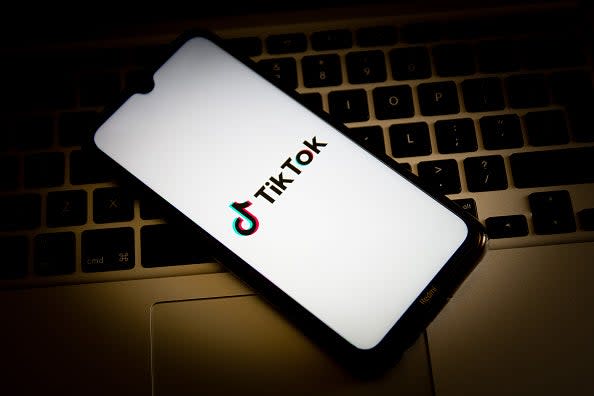TikTok changes its privacy policy so it can collect biometric information like ‘faceprints’ as people use it

TikTok says it could collect “faceprints and voiceprints” on its users – though has not made clear what they are.
The new data collection is part of an update to the app’s US terms and conditions, which broaden the kinds and amount of information that the app can gather from its users.
The terms make clear that all sorts of information might be collected when people use the app, from details about where they are, to their phone, to how they actually use TikTok itself.
But perhaps the most unusual of the new additions come as part of an update section on the “Image and Audio Information” that TikTok says it can automatically gather while people use the app.
That section starts by noting that the app will collect information about what appears in people’s posts. The app could run automatic systems that spot the “objects and scenery that appear, the existence and location within an image of face and body features and attributes, the nature of the audio, and the text of the words spoken”, it notes.
While such tracking may seem invasive, it may be required for much of the tools that allow TikTok to work. Filters, for instance, need to be able to understand where faces are in a post to ensure that they are applied properly.
“We may collect this information to enable special video effects, for content moderation, for demographic classification, for content and ad recommendations, and for other non-personally-identifying operations,” the update explains.
But it then goes on to talk about “biometric information”, and is less clear both about what that consists of and how it might actually be used, as noted by Techcrunch, which first reported the change.
“We may collect biometric identifiers and biometric information as defined under US laws, such as faceprints and voiceprints, from your User Content. Where required by law, we will seek any required permissions from you prior to any such collection.”
The law governing the collection of biometric information is still fresh and largely not yet in place, since the technologies are so new. As such, the limit of “where required by law” might only cover relatively few instances.
Pressed by Techcrunch, the company gave no further information on what that biometric information, faceprints or voiceprints might consist of, or how they are used. It said only that the privacy policy had been updated to be more transparent.
Read More

 Yahoo Finance
Yahoo Finance 